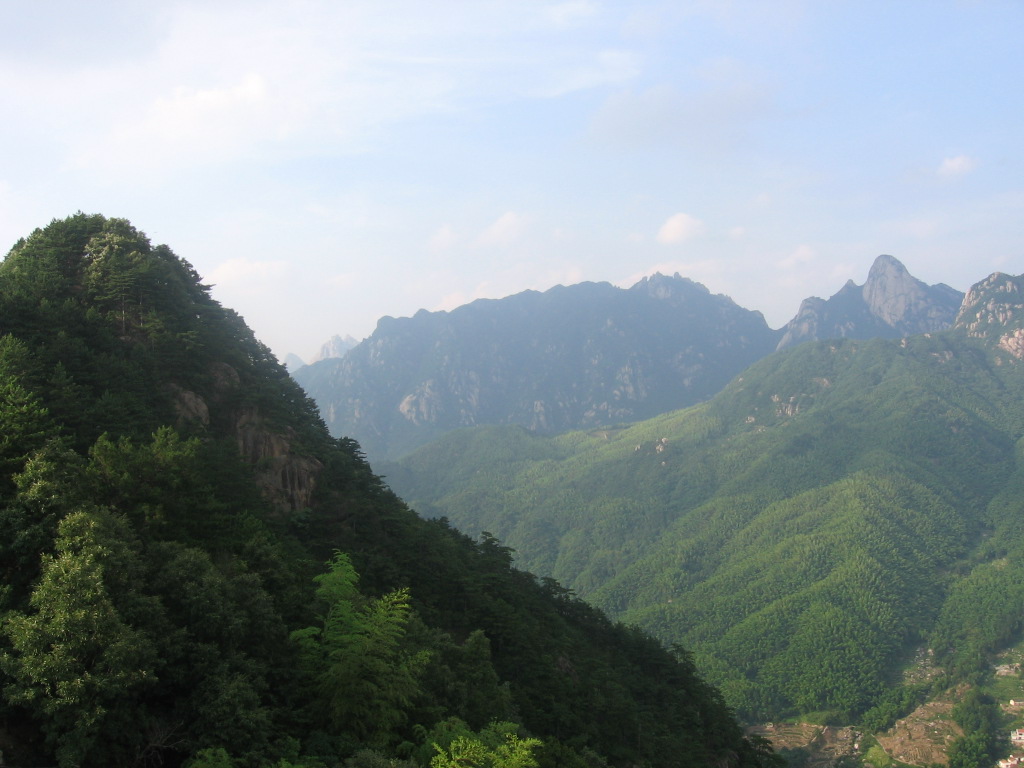A travel series on Hungary features a short article on caves occupied by religious hermits.
The hermits themselves lived in these caves during the 18th century, although it is said that there were dwellers here as late as the 1930’s. The sizes of the rooms vary; the largest are the two chapels and the kitchen which are between 1.9 and 2.6 metres high. The ceilings are flat with the exception of the chapel which has a three-centred arch.
The door and window frames have remained intact in several places and there are traces of bars at the windows. Altars were carved out of the soft limestone in both chapels and a cross jutting out of the sidewall in the right hand side chapel. The kitchen was the only heated room and here the visitors may still observe some remains of the fireplace, the chimney and the benches along the wall as well as the large square floor coverings.
In the sleeping chamber the ledges that once held the boards that served as the beds have also survived. The iron clamps that once held the chimney on the face of the rocks above the cave is still visible as are the nails that once held three large wooden crosses in place.
The article includes a photo of the exterior.
URL: http://www.xpatloop.com/news/xploring_hungary_hermit_caves_remetebarlang_matraverebely

